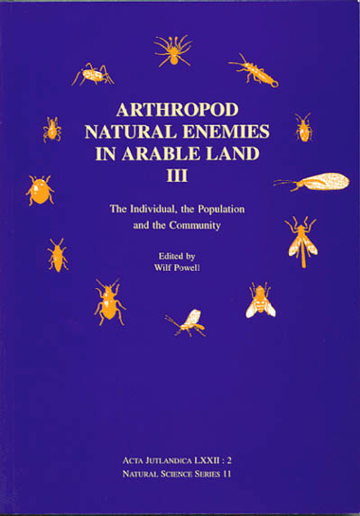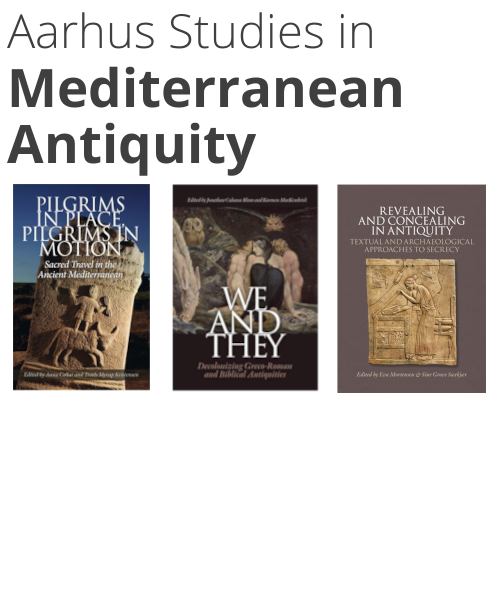
Arthropod Natural Enemies in Arable Land
III. The Individual, the Population and the Community
A part of the subject area Biology
Out of stock
Edited by
Wilf Powell
With contributions by
G.M. Arnold,
J.A. Axelsen,
N. Carter,
A. Dinter,
A.F.G. Dixon,
K. Dromph,
J. Eilenberg,
T. Hance,
J.-L. Hemptinne,
N. Holst,
P.J. Kennedy,
P.J.M. Mols,
Ch. Noel-Lastelle,
J.N. Perry,
M.K. Petersen,
N.P. Randall,
D. Rossberg,
P. Ruggle,
D. Skirvin,
D. Stilmant,
K.D. Sunderland,
C.F.G. Thomas,
Søren Toft,
C.J. Topping,
H. Triltsch,
L. Winder,
L. Winstone and
S.D. Wratten
More about the book
About the book
This volume presents research and discussion papers which consider the analysis of population processes and modeling of the population dynamics related to beneficial predators and parasitoids in agroecosystems.
Various papers are concerned with the influence of behaviour on population dynamics and the effectiveness of natural enemies in pest control. Other authors discuss pest/predator population dynamics; temporal density and activity fluctuations; climate change and population dynamics; simulation of population dynamics; analysis of spatial association between species; and the use of single-species spatially explicit models. Additional articles provide insight into modeling the natural control of cereal aphids by a range of natural enemies, including predators, parasitoids and fungi; and the importance of considering pest control by a community of natural enemies.
Table of contents
The Individual:
J.-L. Hemptinne & A.F.G. Dixon, Biological control of aphids: the effectiveness of ladybird beetles is limited by their foraging behaviour
P.J. Kennedy & N.P. Randall, A semi-field method to assess the effect of dimethoate on the density and mobility of ground beetles (Carabidae)
L. Winstone, E.J.P. Marshall & G.M. Arnold, Movement patterns of Pterostichus cupreus and Nebria brevicollis in habitat patches with different vegetation structures
L. Winder, S.D. Wratten & N. Carter, Spatial heterogeneity and predator searching behaviour - can carabids detect patches of their aphid prey?
The Population:
C.J. Topping, The construction of a simulation model of the population dynamics of Lepthyphantes tenuis (Araneae: Linyphiidae) in an agroecosystem
C.F.G. Thomas, Modelling dispersive spider populations in fragmented farmland
A. Dinter, Density and activity density fluctuations of Oedothorax apicatus (Blackwall) in winter wheat in northern Germany
D. Skirvin, Climate change and aphid-coccinellid population dynamics
P.J.M. Mols, Simulation of population dynamics of woolly apple aphid and its natural enemies
P.J.M. Mols, Simulation of carabid beetle foraging and egg production
D. Stilmant, Th. Hance & Ch. Noel-Lastelle, Discrimination of Belgian Sitobion avenae (f.) populations by means of RAPD-PCR
J.N. Perry, Spatial association for counts of two species
Discussion paper:
C.J. Topping et al.: The use of single-species spatially explicit models
The Community:
N. Holst & P. Ruggle, Modelling natural control of cereal aphids. I. The metabolic pool model, winter wheat, and cereal aphids
M.K. Petersen & N. Holst, Modelling natural control of cereal aphids. II. The carabid Bembidion lampros
J.A. Axelsen, P. Ruggle, N. Holst & S. Toft, Modelling natural control of cereal aphids. III. Linyphiid spiders and coccinellids
P. Ruggle & N. Holst, Modelling natural control of cereal aphids. IV. Aphidiid and aphelinid parasitoids
K. Dromph, N. Holst & J. Eilenberg, Modelling natural control of cereal aphids V. Entomophthoralean fungi
H. Triltsch & D. Rossberg, Cereal aphid predation by the ladybird Coccinella septempunctata L. (Coleoptera: Coccinellidae) - Including its simulation in the model GTLAUS
Discussion paper:
K.D. Sunderland et al., Pest control by a community of natural enemies
List of participants




